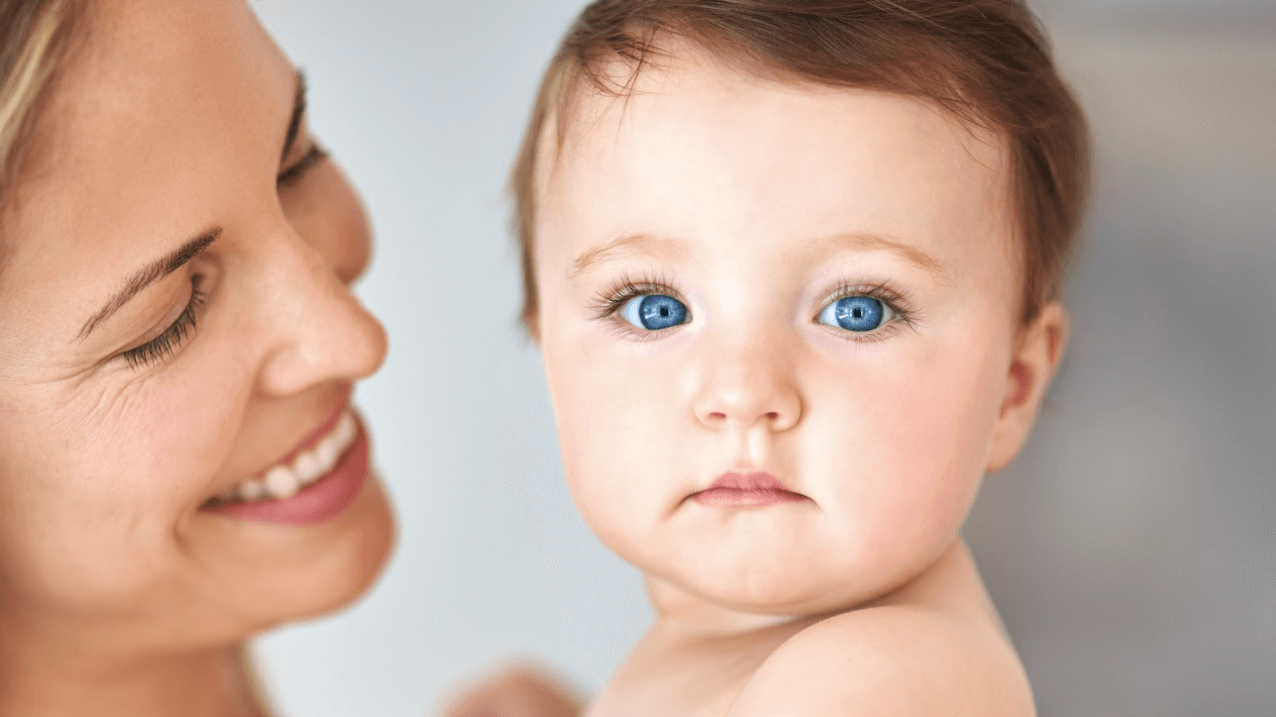New Safety Guidelines for Your Sleeping Baby
&srotate=0)
For new parents, putting a baby to bed can understandably cause anxiety, especially with the increasing awareness of SIDS and sleep-related infant deaths. With proper routines and an appropriate environment, however, most cases of sleep-related infant deaths are preventable. The American Academy of Pediatrics (AAP) recently updated its guidelines for safe sleeping in infants, and it’s important for parents to be aware of these updates and follow them accordingly. Below you’ll find a helpful summary and highlights of the newest AAP safe sleep guidelines provided by the caring teams at the Denton, Wylie, and Plano offices of Health Services of North Texas.
What should I know about safe sleeping for infants?
The AAP maintains a comprehensive set of guidelines and recommendations regarding virtually every aspect of infant sleeping, from where they should sleep to what items can and can’t go in their crib. These guidelines are regularly updated based on the most current research and data to help parents reduce risk factors for SIDS and infant sleep-related death. In September 2022, highlights of the most recent AAP sleeping guidelines include:
Sleeping position
The AAP still recommends that infants are always placed on their backs to sleep. If a swaddle is used, parents should discontinue swaddling once the baby begins to try and roll over on their own.
Sleeping surface
One of the most significant updates to infant sleeping guidelines involves safe sleeping surfaces. Based on recent research and analyses, the AAP now recommends that only flat, non-inclined sleeping surfaces should be used. Infants should not be propped up at an incline or placed in inclined rockers or bassinets. Additionally, all cribs, play yards, bassinets, and other sleeping surfaces must conform to Consumer Product Safety Commission (CPSC) standards.
Sleeping environment
Another recent update to the AAP infant sleep guidelines is that the amount of time infants should sleep in their parents’ room has decreased from one year to six months. The infant should sleep next to the parent's bed in a flat, specifically designed infant sleep surface, like a crib or bassinet. Infants should never have toys or blankets in their sleeping environment, with the exception of approved wearable blankets. The infant’s sleeping environment should be smoke-free.
Bumpers
The manufacture and sale of crib bumpers have now been banned, and crib bumpers should never be used in an infant’s sleeping environment.
While these are some of the more notable updates, you can find more information – including the full policy updates – here.
In addition to following the AAP’s recommendations on infant sleeping, parents should establish a relationship with a pediatrician prior to birth and attend regularly scheduled pediatric visits for general care, immunizations, and other services designed to monitor the health and development of their growing baby.
Keep your baby safe and healthy with advanced pediatric care in North Texas
There’s nothing more important than the health and safety of your baby. With a knowledgeable and experienced pediatrician and appropriate at-home care and supervision, you can help protect your baby from illness and injury, including sleep-related infant death. Take the first step toward giving your baby the care they deserve by calling Health Services of North Texas, with convenient locations in Plano, Denton, and Wylie, to schedule your consultation with one of our caring providers today.